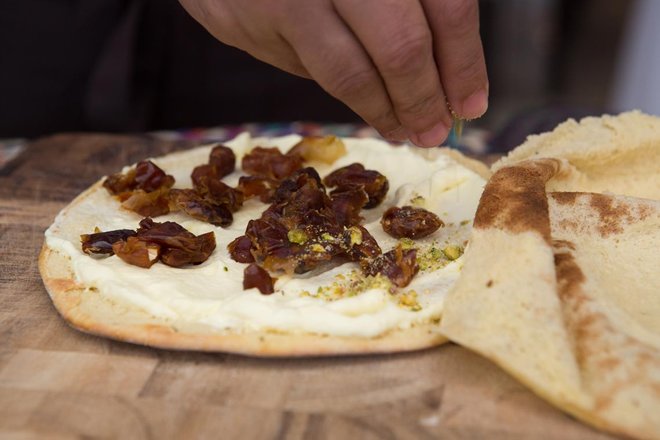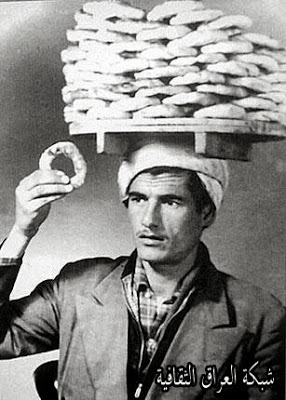Bread is not just a staple food in the Middle East, but also a symbol of hospitality, community, and tradition. In this comprehensive guide, we will explore the fascinating world of Middle Eastern bread traditions, including the various types of bread, traditional techniques, ceremonial and festive breads, and culinary customs.
-
Varieties of Middle Eastern Bread: Middle Eastern countries feature a wide array of bread varieties, each with its unique flavor, texture, and purpose. Some of the most prominent types include:
- Pita Bread (Khobz/Arabic Bread): A round, flatbread with a pocket, perfect for stuffing with various ingredients or for eating with olive oil and za’atar.
- Naan: A leavened, oven-baked flatbread common in Iran, Central Asia, and parts of the Middle East.
- Lavash: A thin, unleavened flatbread with a soft texture, often used for wrapping or dipping.
- Markook: Also known as “Arabian Mountain Bread,” this thin, unleavened bread is commonly enjoyed in Levantine countries.
- Traditional Techniques: In some regions, bread is baked in a traditional tandoor oven, which imparts a unique smoky flavor and a characteristic texture. Additionally, flatbreads like pita and lavash are often cooked on a griddle or saj (convex griddle), allowing for quick and even cooking. Some traditional breads, such as Persian Barbari, use natural sourdough fermentation for leavening, resulting in a tangy flavor.
- Ceremonial and Festive Breads: During festive occasions like Eid, special bread varieties are prepared, such as the sweet Iranian Noon-e Sheereen. In many Middle Eastern cultures, weddings are celebrated with elaborate bread designs and decorations, symbolizing prosperity and fertility.
- Culinary Customs: In some Middle Eastern countries, bread is used as a utensil for scooping up food, emphasizing communal eating. Various breads are also served alongside an assortment of dips, like hummus, baba ganoush, and tahini.
Middle Eastern bread traditions reflect the diverse cultures and culinary practices of the region, serving as a testament to the importance of this humble yet essential food item in daily life. Discover the delicious flavors and rich tapestry of traditions that have stood the test of time.
Get some Middle East bread recipes?

Comments






